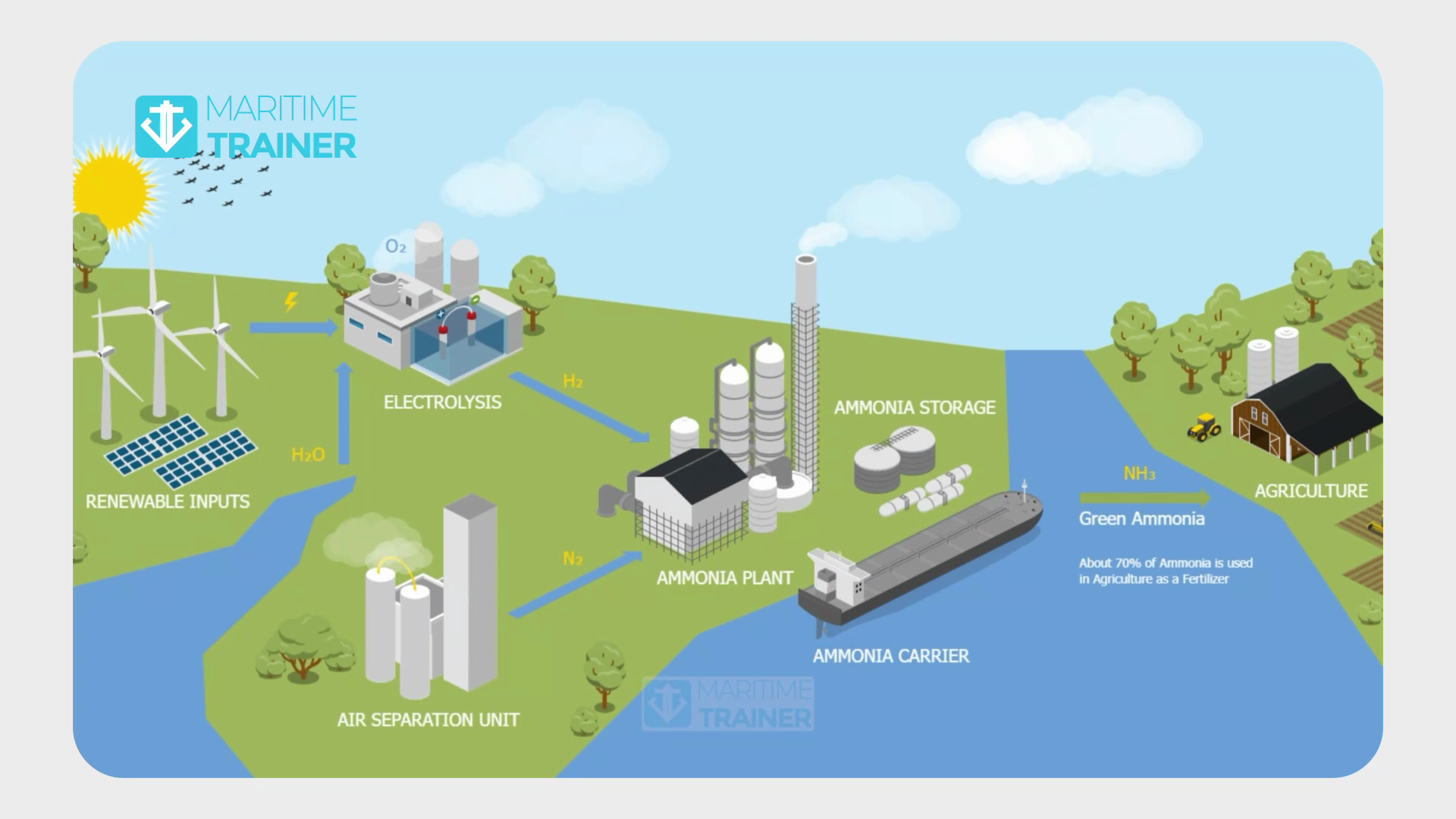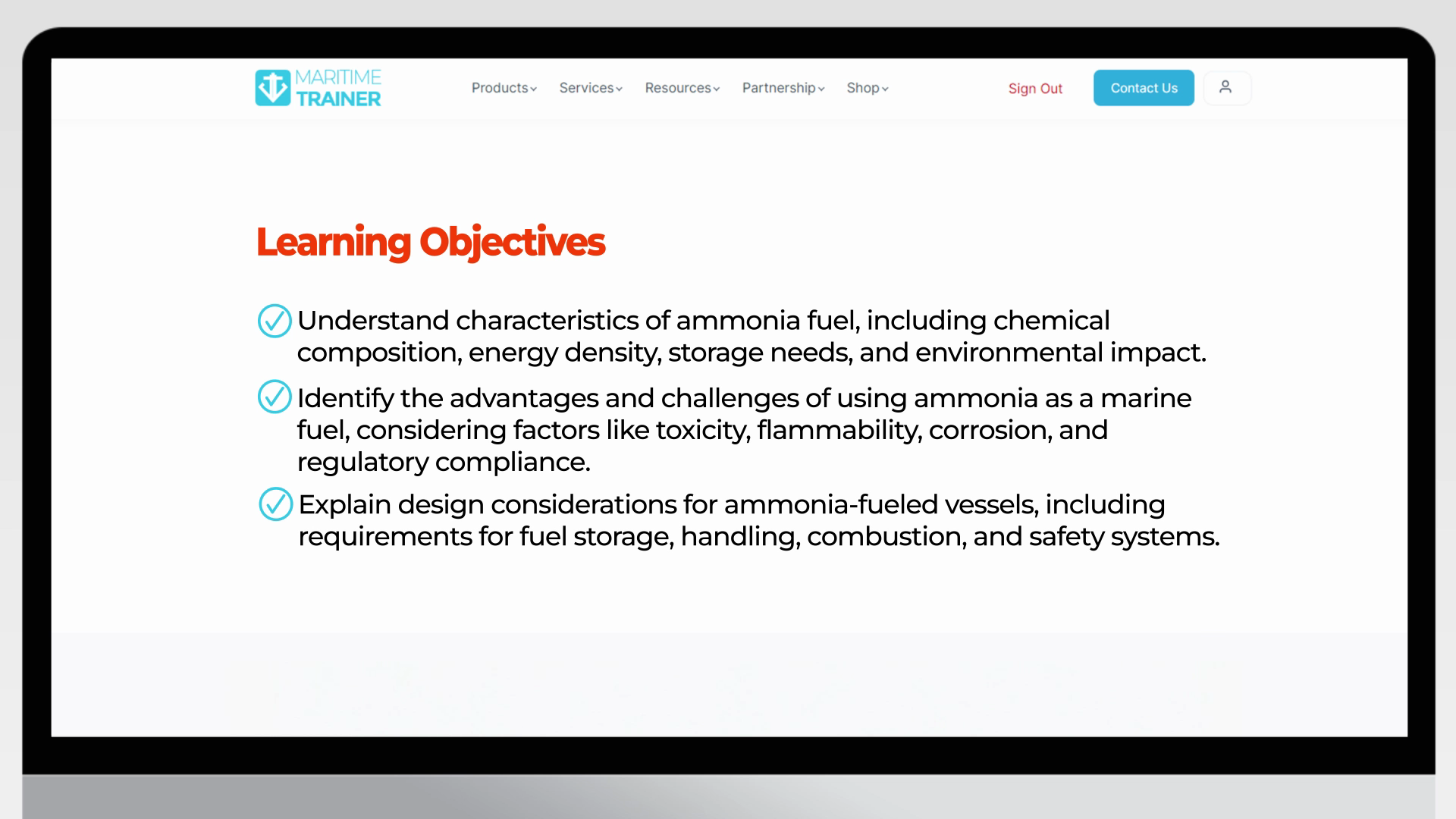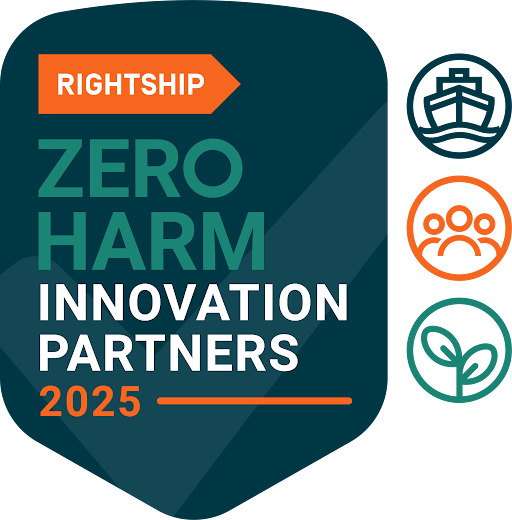Ammonia stands out due to its zero carbon emissions upon combustion (producing nitrogen and water). It can be produced renewably ("green ammonia") and has a relatively high energy density by volume compared to some other alternatives. However, its adoption is not without hurdles:
- Toxicity: Ammonia is toxic to humans and aquatic life, requiring stringent safety measures for handling and containment.
- Flammability: While not as easily ignited as some hydrocarbons, ammonia has a specific flammability range that must be managed.
- Corrosivity: Ammonia can be corrosive to certain materials, necessitating careful selection for fuel systems.
- Infrastructure: The global infrastructure for ammonia bunkering is still in its nascent stages.
- Combustion Challenges: Ammonia has different combustion properties than traditional fuels, requiring specialized engine designs or modifications and potentially pilot fuels or solutions to address NOx formation.
Comprehensive training is therefore paramount to ensure that crews can manage these aspects effectively.

This 45-minute e-learning module provides a thorough overview of key topics:
- Characteristics of Ammonia: Delving into its chemical composition, energy density, storage requirements (typically refrigerated or pressurized), and its lifecycle environmental impact.
- Advantages and Challenges: A balanced look at why ammonia is a strong contender (zero carbon, established production) versus the hurdles (toxicity, flammability, corrosivity, regulatory landscape).
- Design Considerations for Ammonia-Fueled Vessels: Exploring the specific requirements for fuel storage tanks, piping, ventilation, gas detection, and safety systems unique to ammonia.
- Ammonia Combustion Technologies: Discussing different approaches to using ammonia in internal combustion engines (dual-fuel, dedicated engines) and fuel cells, including their respective advantages and drawbacks.
- Ammonia Bunkering: Outlining the process of bunkering ammonia fuel, emphasizing safety protocols, personal protective equipment (PPE), storage methods during transfer, and emergency response procedures.
- Research and Development: Highlighting ongoing industry efforts to advance ammonia engine technologies, fuel cell integration, safety standards, and supply chain development.
- Impact on Decarbonization: Summarizing the potential role of ammonia in helping the maritime industry achieve its ambitious greenhouse gas reduction targets.

This training is specifically designed for:
- Engine Department - Management: Chief Engineers and Second Engineers who will oversee ammonia fuel operations.
- Engine Department - Operational: Third and Fourth Engineers involved in the day-to-day operation and maintenance of ammonia-fueled machinery.
- Engine Department - Support: Engine room ratings who will assist in operations and must be aware of safety procedures.
The knowledge is broadly applicable across various Ship Types anticipated to adopt ammonia fuel, including Tankers, Bulk Carriers, Container Ships, and more.

- Course Code: 1168/OPR/Rev.00
- Format: E-Learning Module
- Duration: 45 Minutes
- Language: English
- Skill Level: Operational
- Assessment: Yes
- Certification: Yes, valid for 5 years
This course empowers engine crews with the critical awareness and knowledge to operate safely and efficiently in the evolving landscape of marine fuels, ensuring they are prepared for the technical and safety demands of ammonia.

The transition to alternative fuels like ammonia is a collaborative effort requiring innovation, investment, and, critically, a well-trained workforce. By investing in training like the Maritime Trainer "Ammonia Fuel Management and Safety" course, shipping companies can prepare their crews for this transition, fostering a culture of safety and environmental stewardship.
Take the proactive step towards future-fuel readiness.








